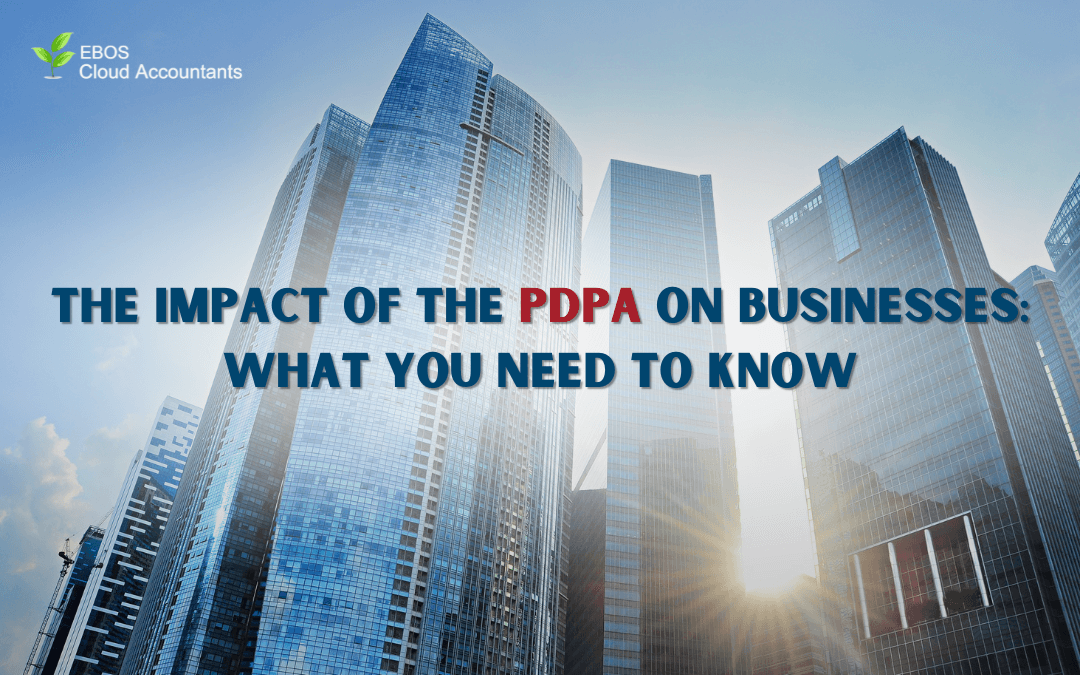One important piece of regulation that has an impact on how organizations manage, store, and use personal data is the Personal Data Protection Act (PDPA). Understanding and observing the PDPA has become essential for companies of all sizes as worries about data privacy continue to spread around the world. The main points of the PDPA, its effects on companies, and the actions that organizations must take to guarantee compliance are all covered in this article.
Understanding the PDPA
The PDPA lays out guidelines for the gathering, utilizing, disclosing, and preserving of personal data. Protecting individual privacy rights while enabling businesses to gather and utilize personal data in a way that is reasonable and essential for their operations is the main goal of the PDPA.
All organizations that gather, use, or disclose personal data within the territory in which the law is enforced are subject to the PDPA, regardless of their size or industry. This applies to companies, nonprofits, and even governmental entities. It is mandatory to comply with the PDPA; noncompliance can lead to heavy penalties and harm to one’s reputation.
Key Provisions of the PDPA
- Consent: Before collecting, processing, or revealing an individual’s personal data, businesses are required to seek the individual’s explicit and informed consent. Individuals must therefore be properly informed about the reasons for the collection and intended use of their data.
- Purpose Limitation: Only uses, disclosures, and collections of personal data are permitted that would be deemed reasonable under the circumstances. Companies need to be very explicit about the reasons behind the collection of personal data and make sure that the information is never used for other purposes without further authorization.
- Data Minimization: Companies should only gather the information required to fulfill their stated objectives. Breaking the PDPA can result from gathering too much or unnecessary data.
- Data Accuracy: Companies must make sure that personal information is accurate and comprehensive. This is especially crucial when decisions affecting specific people are anticipated to be made using the data.
- Security Safeguards: To safeguard personal data against unauthorized access, collection, use, disclosure, copying, modification, disposal, and other hazards, organizations are required to put in place appropriate security measures.
- Access and Correction Rights: People are entitled to ask for access to their personal information and to have any errors corrected. Companies need to make it obvious how people can submit these kinds of requests and then immediately address them.
- Retention Limitation: No personal information should be kept around for any longer than is required to achieve the goal for which it was gathered. The data must be safely erased or anonymized as soon as it is no longer required.
- Accountability: To maintain PDPA compliance, organizations must designate a Data Protection Officer (DPO). In addition to managing any questions or complaints pertaining to data protection, the DPO is in charge of creating and putting into effect policies and procedures that adhere to the PDPA.
The Impact of the PDPA on Businesses
The PDPA’s implementation has a significant effect on how companies run. The following are some of the main ways that businesses are impacted by the PDPA.
- Increased Compliance Costs: Businesses must make investments in new procedures, technology, and training initiatives in order to comply with the PDPA. Costs may grow as a result, especially for small and medium-sized businesses (SMEs), who do not have the funding to put in place thorough data protection procedures.
- Changes to Data Management Practices: In accordance with the PDPA, companies must examine and, if required, update their data management procedures. This entails putting strong security measures in place to safeguard personal data, maintaining compliance with data gathering procedures, and updating privacy policies.
- Enhanced Customer Trust: The PDPA has many advantages, but it can also be expensive and time-consuming to comply with. Businesses may increase customer loyalty and trust by showcasing their commitment to protecting personal data. Customers are expected to be more attracted to businesses that prioritize data protection as they become more conscious of data privacy issues.
- Legal and Reputational Risks: A violation of the PDPA may lead to hefty fines and judicial action. Businesses that violate the PDPA may face reputational harm in addition to monetary fines, which might harm their brand and result in a loss of customers. In extreme circumstances, PDPA violations may lead to criminal prosecution and incarceration for those found guilty.
- Data Breach Notifications: In accordance with the PDPA, companies must alert the appropriate authorities and impacted parties in the event of a data breach that might cause serious harm. Businesses now have even more pressure to implement efficient breach detection and response systems as a result of this mandate.
- Impact on Marketing Practices: The PDPA directly affects marketing techniques, especially direct and email marketing. Before sending marketing messages, businesses must make sure they have the required consent and give recipients a clear way to opt out.
Steps to Ensure Compliance with the PDPA
To ensure compliance with the PDPA, businesses should take the following steps:
- Conduct a Data Protection Audit: Examine your present data security procedures to find any weaknesses or potential areas for development. Every facet of data management, including gathering, using, storing, and discarding data, should be covered by this audit.
- Appoint a Data Protection Officer (DPO): Assign a DPO to manage your data security initiatives and guarantee PDPA compliance. The DPO is in charge of creating and carrying out data protection policies and procedures and should be well-versed in the PDPA.
- Develop and Implement Data Protection Policies: Make thorough data protection policies that spell out your company’s dedication to safeguarding personal information. Make sure that all staff members are aware of and follow these policies.
- Train Employees on Data Protection: Employees should receive frequent training on PDPA regulations and best practices for data protection. Topics including getting consent, data security precautions, and managing data breach situations should all be included in this training.
- Implement Security Measures: Make sure you have the right security measures in place to guard against threats such as unauthorized use, disclosure, and access to personal data. Access controls, encryption, and frequent security audits are a few examples of this.
- Establish a Data Breach Response Plan: Create a data breach response strategy that specifies what should be done in the event of a breach, including contacting the impacted parties and the appropriate authorities.
- Review and Update Privacy Policies: Make sure your privacy policies appropriately represent your data protection procedures and are in compliance with the PDPA by reviewing and updating them on a regular basis.
- Engage with Third-Party Vendors: Make sure that any outside suppliers or service providers who manage personal information on your behalf abide by the PDPA. This could entail creating data protection agreements, monitoring contracts, and carrying out due diligence.
Conclusion
Businesses managing personal data are significantly impacted by the PDPA; in order to comply, they must implement new procedures and technological advancements. Although this could entail more expenses and resources, it also offers companies a chance to stand out in the competition and gain the trust of their clients. Businesses can reduce threats to their reputation and legal standing, increase consumer loyalty, and show their dedication to privacy and data protection by being aware of the PDPA’s standards and adopting proactive measures to assure compliance.
Check out our website at https://ebos-sg.com/ to explore more articles and discover how our Cloud Accountant Services can support you on your business.







